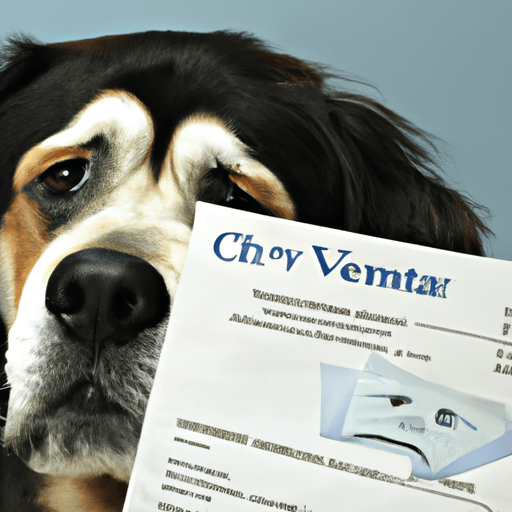As a caregiver, the wellbeing of your fur baby is paramount. In the unfortunate event that your dog requires a leg amputation, you may find yourself overwhelmed with a whirlwind of questions and concerns. The most pressing one is likely: How much will it cost?
The Breakdown of Costs
Let’s dive into the financial aspect of this procedure. The cost of amputating a dog’s leg can vary drastically depending on many factors. Here are some average costs you might expect:
- Pre-surgery blood work and X-rays: $200 – $300
- Anesthesia: $100 – $200
- Surgery itself: $700 – $1,000
- Post-surgery care and medications: $100 – $200
These estimates bring the total average cost to somewhere between $1,100 – $1,700. However, keep in mind these costs can vary based on location, the size and health of your dog, and the complexity of the procedure.
Factors Affecting the Cost
Understanding the factors that contribute to the cost can help you navigate your options. Here are some key considerations:
- Geographic Location: Much like in human medicine, vet costs can vary based on geographical area. Metropolitan areas typically have higher costs than rural ones.
- Veterinarian’s Expertise: A vet with more experience or specialization may charge more.
- Dog’s Size & Health: Larger dogs require more anesthesia and potentially more complex surgery, which can drive up the cost.
Financial Aid Options
When the price tag feels overwhelming, remember there are resources available to help. Here are some options you may want to consider:
- Pet Insurance: This can cover a substantial portion of the cost if you have a policy before the need for surgery arises.
- Charitable Organizations: There are numerous non-profits that offer financial aid for pet surgeries, such as the Pet Fund or Paws 5k-9.
- Payment Plans: Some vet clinics offer payment plans to spread the cost over time.
Long-Term Care Costs
While the immediate cost of surgery is a significant factor, don’t forget the potential long-term costs. These could include:
- Physical Therapy: To help your dog adjust to life on three legs.
- Follow-up Vet Visits: To monitor your dog’s recovery.
- Additional Medications or Treatments: Depending on the reason for the amputation.
FAQs
Finally, let’s address some frequently asked questions:
1. Is amputation the only option for my dog?
Not always. Depending on the situation, there may be other treatment options available. Always consult with your vet.
2. How long is the recovery period?
On average, most dogs start to adapt to their new lifestyle in 2-3 weeks.
3. Will my dog be in pain after the surgery?
Your vet will provide pain medication to help manage any post-operative discomfort.
Caring for a pet is a significant responsibility, and the potential costs involved can be daunting. However, knowing what to expect can help you make informed decisions and provide the best care possible for your furry friend.



